Home>Gardening & Outdoor>Plant Care & Gardening Tips>When Should I Plant Flower Bulbs
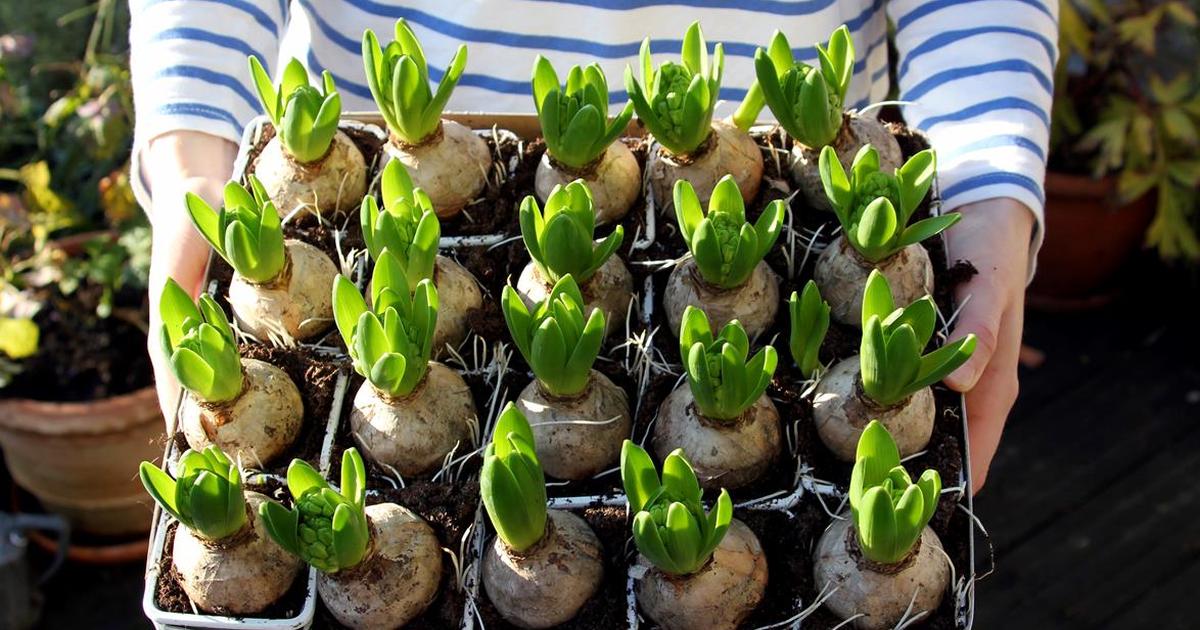

Plant Care & Gardening Tips
When Should I Plant Flower Bulbs
Published: January 17, 2024
Discover the best time to plant flower bulbs and get expert plant care and gardening tips to ensure a beautiful and thriving garden. Learn when and how to plant bulbs for stunning blooms.
(Many of the links in this article redirect to a specific reviewed product. Your purchase of these products through affiliate links helps to generate commission for Storables.com, at no extra cost. Learn more)
Introduction
Gardening enthusiasts often marvel at the vibrant blooms of flowers, and one of the most rewarding ways to achieve this natural splendor is by planting flower bulbs. These underground energy storehouses contain all the essentials for a stunning floral display, including the embryonic plant, stored nutrients, and protective layers. However, to ensure a successful and bountiful bloom, it's imperative to understand the optimal timing for planting flower bulbs.
In this comprehensive guide, we will explore the crucial factors to consider before planting flower bulbs, the best time to undertake this horticultural endeavor, and the essential steps for planting these botanical treasures. By the end of this journey, you will be equipped with the knowledge and confidence to cultivate a breathtaking floral spectacle in your garden. So, let's embark on this blooming adventure and unlock the secrets of planting flower bulbs!
Key Takeaways:
- Planting flower bulbs requires considering factors like climate, soil, and sunlight. Timing is crucial, with spring bulbs planted in fall and summer bulbs in spring for a vibrant garden display.
- To plant flower bulbs, choose high-quality bulbs, prepare the site, dig proper holes, add organic matter, water, and monitor growth. Embrace the art of planting for a living symphony of nature’s wonders.
Read more: When To Plant Flower Bulbs In Fall
Factors to Consider Before Planting Flower Bulbs
Before delving into the actual planting process, it’s essential to consider several factors that can significantly impact the success of your flower bulbs. Understanding these elements will help you make informed decisions and lay the groundwork for a thriving garden. Here are the key factors to ponder:
- Climate and Hardiness Zone: Different flower bulb varieties thrive in specific climates and hardiness zones. It’s crucial to select bulbs that are well-suited to your local climate and growing conditions. Consult hardiness zone maps and local gardening resources to determine the most suitable bulb varieties for your area.
- Soil Quality: The quality of your soil profoundly influences the growth and development of flower bulbs. Ensure that your soil is well-draining, fertile, and rich in organic matter. Conduct a soil test to assess its pH level and nutrient content, making any necessary amendments to create an optimal growing environment.
- Sunlight Requirements: Different flower species have varying sunlight needs. Some thrive in full sun, while others prefer partial or full shade. Before planting, assess the sunlight patterns in your garden to determine the ideal locations for your flower bulbs.
- Watering Needs: Understanding the watering requirements of your chosen flower bulbs is crucial. Some varieties prefer consistently moist soil, while others thrive in drier conditions. Consider the natural drainage of your garden and plan your watering schedule accordingly.
- Pest and Disease Resistance: Certain flower bulbs exhibit natural resistance to pests and diseases, making them easier to care for. Research the pest and disease resistance of different bulb varieties to select resilient options that align with your gardening preferences.
- Companion Planting: Consider the concept of companion planting when choosing flower bulbs. Some plants have beneficial relationships with specific flower bulbs, enhancing growth and deterring pests. Explore companion planting guides to maximize the health and vitality of your garden.
By carefully considering these factors, you can set the stage for a successful flower bulb planting experience. Each element plays a crucial role in creating an environment where your flower bulbs can flourish, resulting in a breathtaking floral display that will captivate your senses and uplift your outdoor space.
Best Time to Plant Flower Bulbs
Timing is paramount when it comes to planting flower bulbs, as it directly influences the growth, development, and eventual blooming of these botanical gems. The ideal time for planting flower bulbs varies based on the specific types of bulbs and the climatic conditions in your region. By understanding the seasonal cues and the unique requirements of different bulb varieties, you can optimize the planting time for a spectacular floral showcase.
For spring-flowering bulbs such as tulips, daffodils, and hyacinths, the best time to plant is typically in the fall. Planting these bulbs in autumn allows them to establish strong root systems during the cooler months, preparing them for a vibrant display of blooms once spring arrives. Aim to plant spring-flowering bulbs at least six weeks before the ground freezes in your area, giving them ample time to settle in and acclimate to their new environment.
In contrast, summer-flowering bulbs like lilies, gladioli, and dahlias are best planted in the spring, after the last frost has passed and the soil has warmed up. These bulbs thrive in the warmth of late spring and summer, producing stunning blossoms that add a splash of color to your garden during the sunny months. By planting summer-flowering bulbs at the appropriate time, you can harness the full potential of their beauty and fragrance.
It’s important to note that the specific planting times may vary based on your local climate and weather patterns. Observing the natural cues of the seasons, such as soil temperature, daylight hours, and frost dates, can provide valuable insights into the optimal timing for planting flower bulbs in your area. Additionally, consulting with local gardening experts or horticultural extension services can offer tailored guidance based on regional climate data.
By aligning your planting schedule with the natural rhythms of the seasons and the unique needs of each bulb variety, you can maximize the potential for a stunning floral display. Whether you’re ushering in the colors of spring or enhancing the vibrancy of summer, strategic planting at the right time sets the stage for an enchanting garden filled with nature’s botanical treasures.
Plant flower bulbs in the fall before the ground freezes. This allows the bulbs to establish roots before winter and bloom in the spring.
How to Plant Flower Bulbs
Planting flower bulbs is an artful endeavor that requires attention to detail and a touch of horticultural finesse. By following the proper planting techniques, you can ensure that your flower bulbs establish strong roots, develop robust foliage, and ultimately produce an abundance of captivating blooms. Here’s a step-by-step guide to planting flower bulbs with care and precision:
- Choose the Right Bulbs: Select high-quality bulbs that are firm, plump, and free from blemishes or mold. Larger bulbs often yield more impressive blooms, so opt for premium specimens when possible.
- Prepare the Planting Site: Identify a suitable location in your garden with the appropriate sunlight and soil conditions for the specific bulb variety you intend to plant. Clear the area of any debris and ensure that the soil is well-draining and nutrient-rich.
- Dig the Planting Holes: Use a trowel or bulb planter to dig individual holes or trenches for the bulbs, ensuring that the depth and spacing align with the planting guidelines provided for each bulb type. As a general rule, most bulbs should be planted at a depth approximately three times their diameter.
- Add Organic Matter: Enhance the soil in each planting hole by incorporating organic matter such as compost or well-rotted manure. This enriches the soil, promotes healthy root development, and provides essential nutrients for the growing bulbs.
- Plant the Bulbs: Gently place each bulb in its designated hole with the pointed end facing upward. Ensure that the bulbs are positioned at the appropriate depth and spacing, and then cover them with soil, gently firming the surface to eliminate air pockets.
- Water and Mulch: After planting, thoroughly water the area to settle the soil and initiate the growth process. Apply a layer of organic mulch, such as straw or shredded bark, to conserve moisture, regulate soil temperature, and deter weed growth.
- Monitor and Maintain: Keep an eye on the planting area, providing regular watering as needed and monitoring the soil moisture levels. As the bulbs emerge and grow, continue to nurture them with proper care, ensuring they receive adequate sunlight and nutrition.
By following these steps and paying attention to the unique requirements of each flower bulb variety, you can plant your bulbs with precision and care, setting the stage for a splendid floral exhibition in your garden. With the right approach and a sprinkle of gardening passion, you’ll soon witness the fruits of your labor as your flower bulbs burst into a breathtaking display of natural beauty.
Conclusion
Embarking on the journey of planting flower bulbs is a delightful and rewarding experience that allows you to cultivate nature’s beauty right in your own garden. By considering essential factors such as climate, soil quality, sunlight, and watering needs, you can lay a strong foundation for the successful growth of your flower bulbs. Understanding the best time to plant each bulb variety, whether spring-flowering or summer-flowering, enables you to harness the full potential of their natural splendor.
With careful attention to detail and the application of proper planting techniques, you can ensure that your flower bulbs thrive and flourish, producing an enchanting display of vibrant blooms. The act of planting flower bulbs is not merely a horticultural task; it is a celebration of life, growth, and the enduring beauty of nature.
As you tenderly plant each bulb in its designated spot, envision the future spectacle that will grace your garden – a tapestry of colors, shapes, and fragrances that will captivate your senses and uplift your outdoor sanctuary. Whether you’re sowing the promise of spring or preparing for the exuberance of summer, each bulb holds the potential to transform your garden into a living canvas of botanical artistry.
So, embrace the art of planting flower bulbs with enthusiasm and reverence, knowing that each bulb carries within it the promise of new beginnings and the timeless allure of floral elegance. As you nurture these botanical treasures, you are not merely tending to a garden; you are fostering a living symphony of nature’s wonders, where every bloom becomes a testament to the beauty and resilience of the natural world.
May your journey of planting flower bulbs be filled with joy, wonder, and the boundless magic of creation, culminating in a garden adorned with the resplendent blooms of your labor and love.
Frequently Asked Questions about When Should I Plant Flower Bulbs
Was this page helpful?
At Storables.com, we guarantee accurate and reliable information. Our content, validated by Expert Board Contributors, is crafted following stringent Editorial Policies. We're committed to providing you with well-researched, expert-backed insights for all your informational needs.
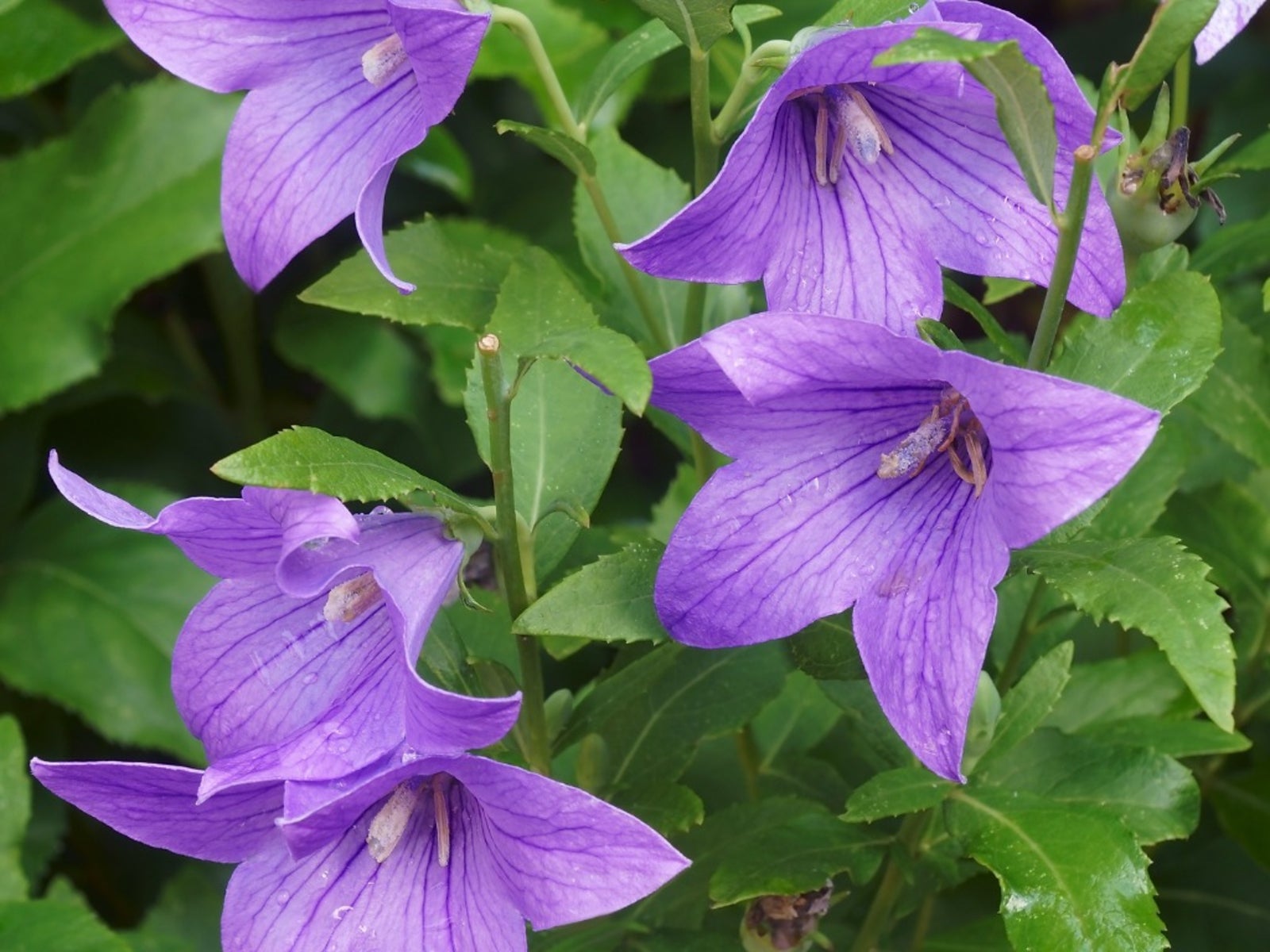
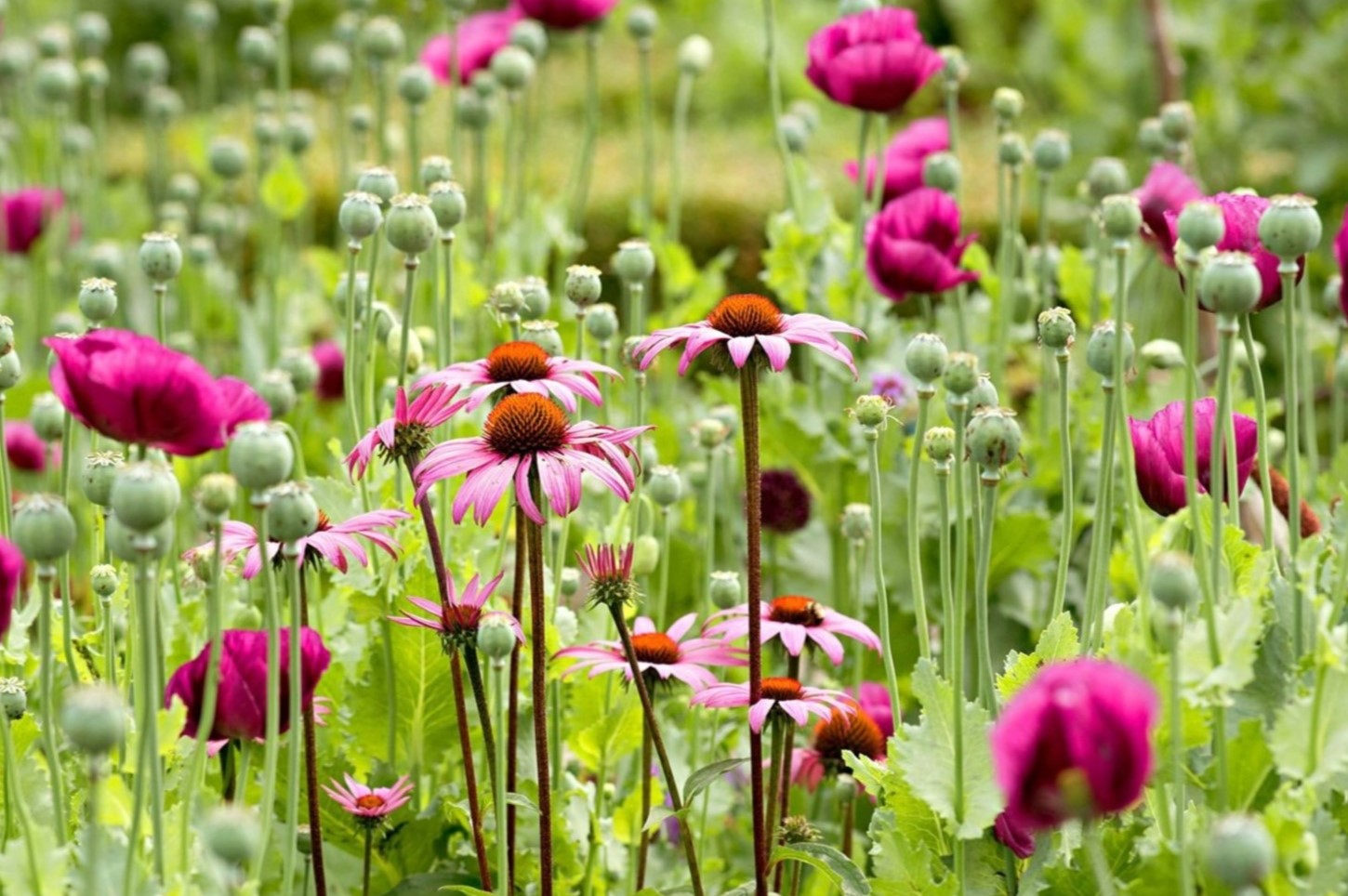
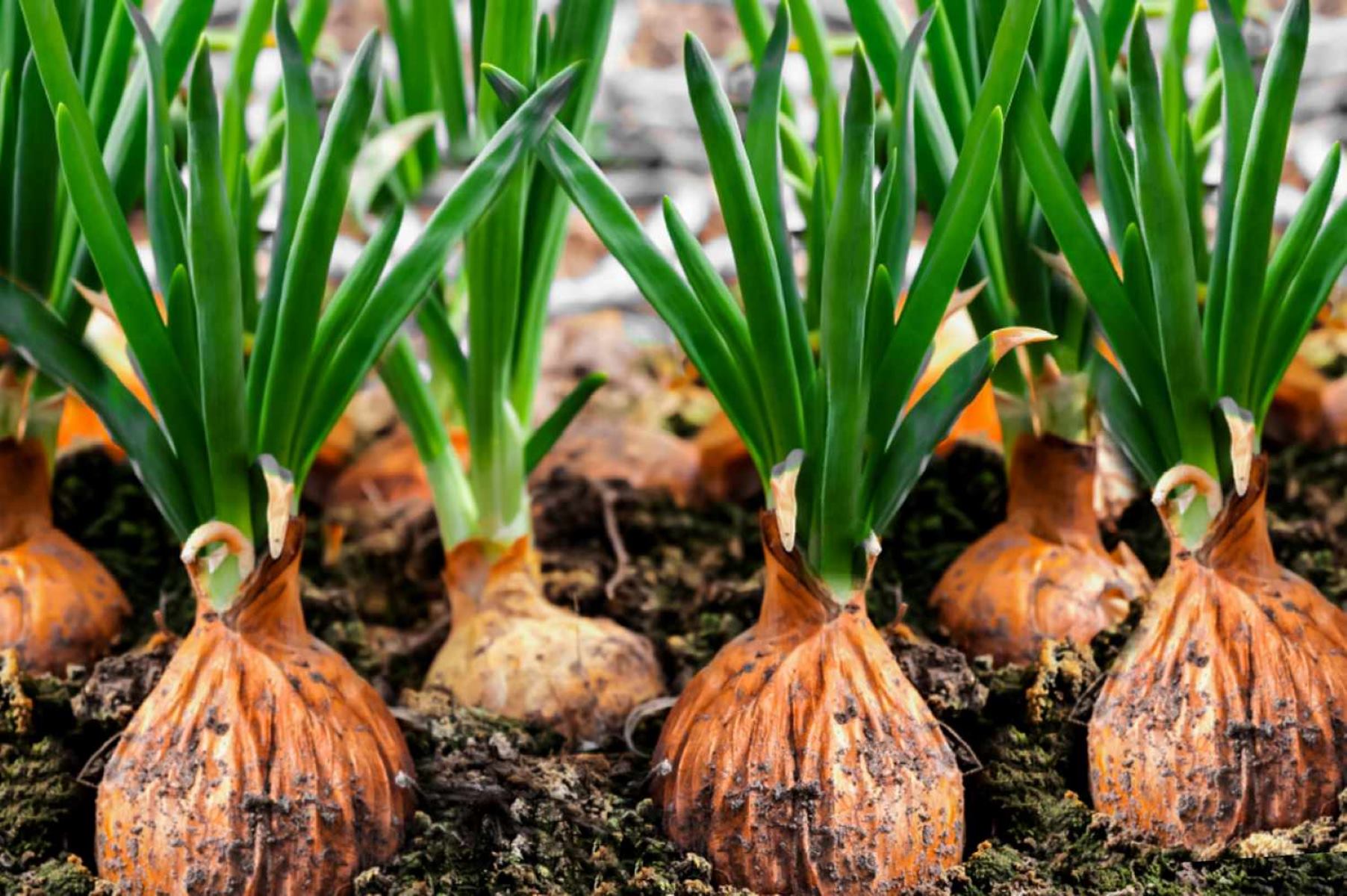
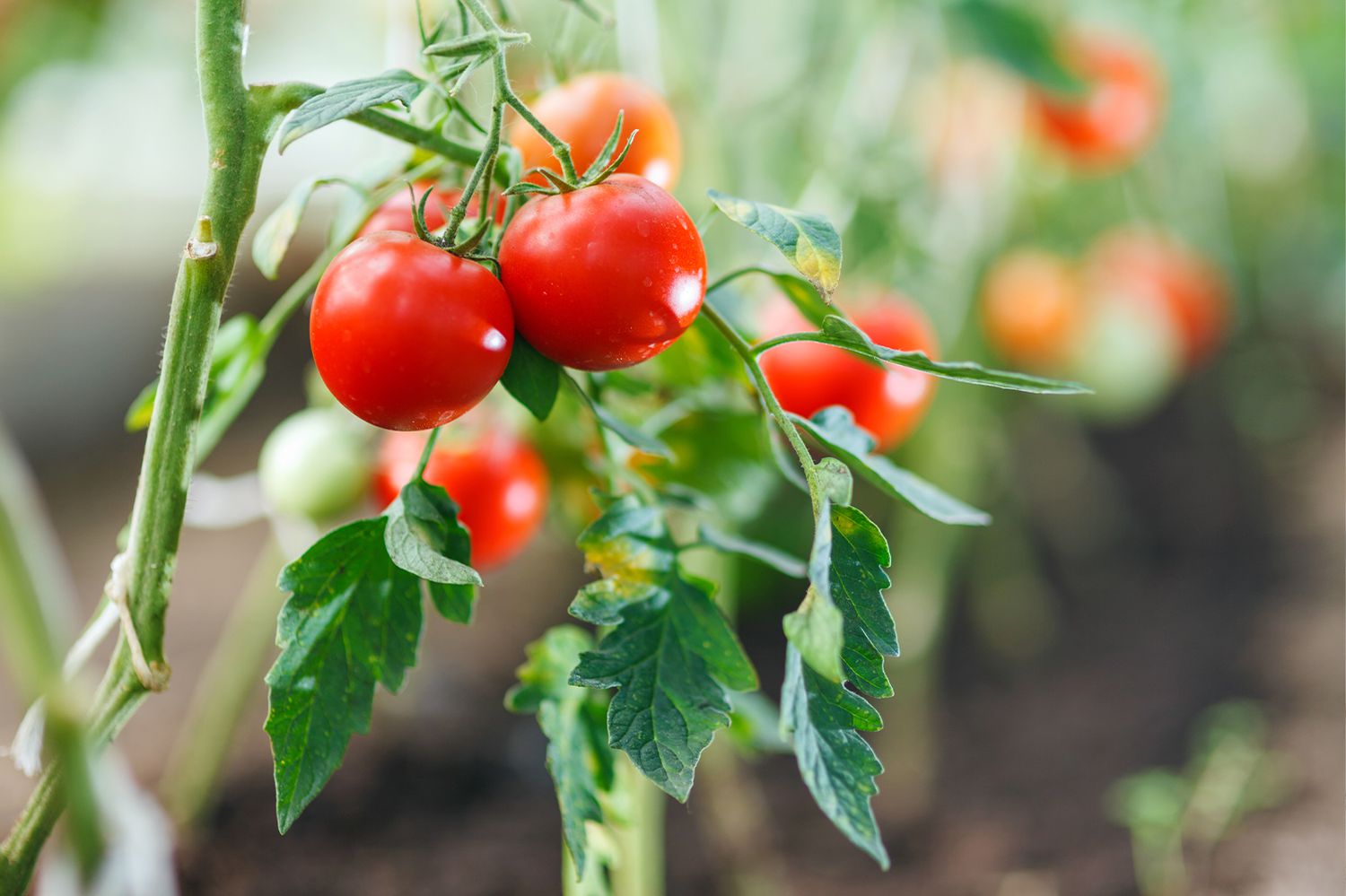
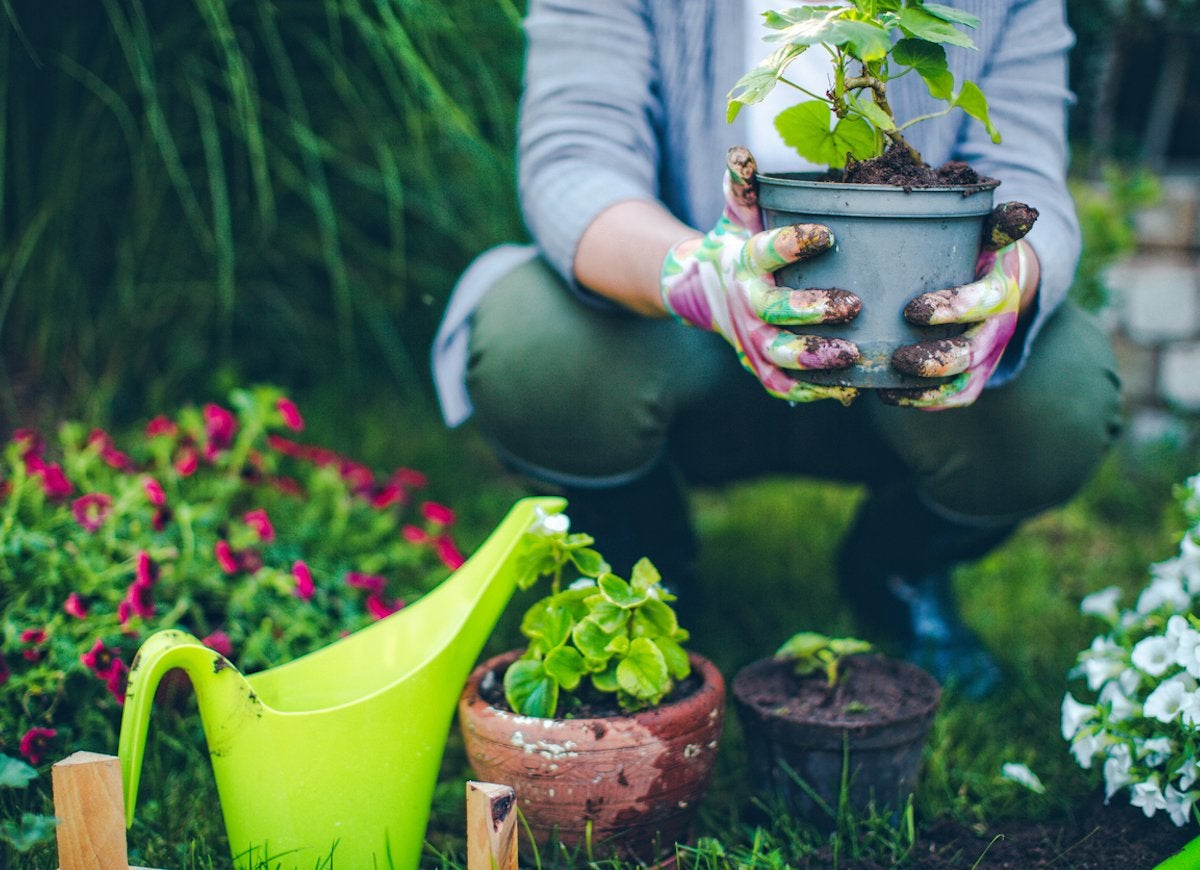
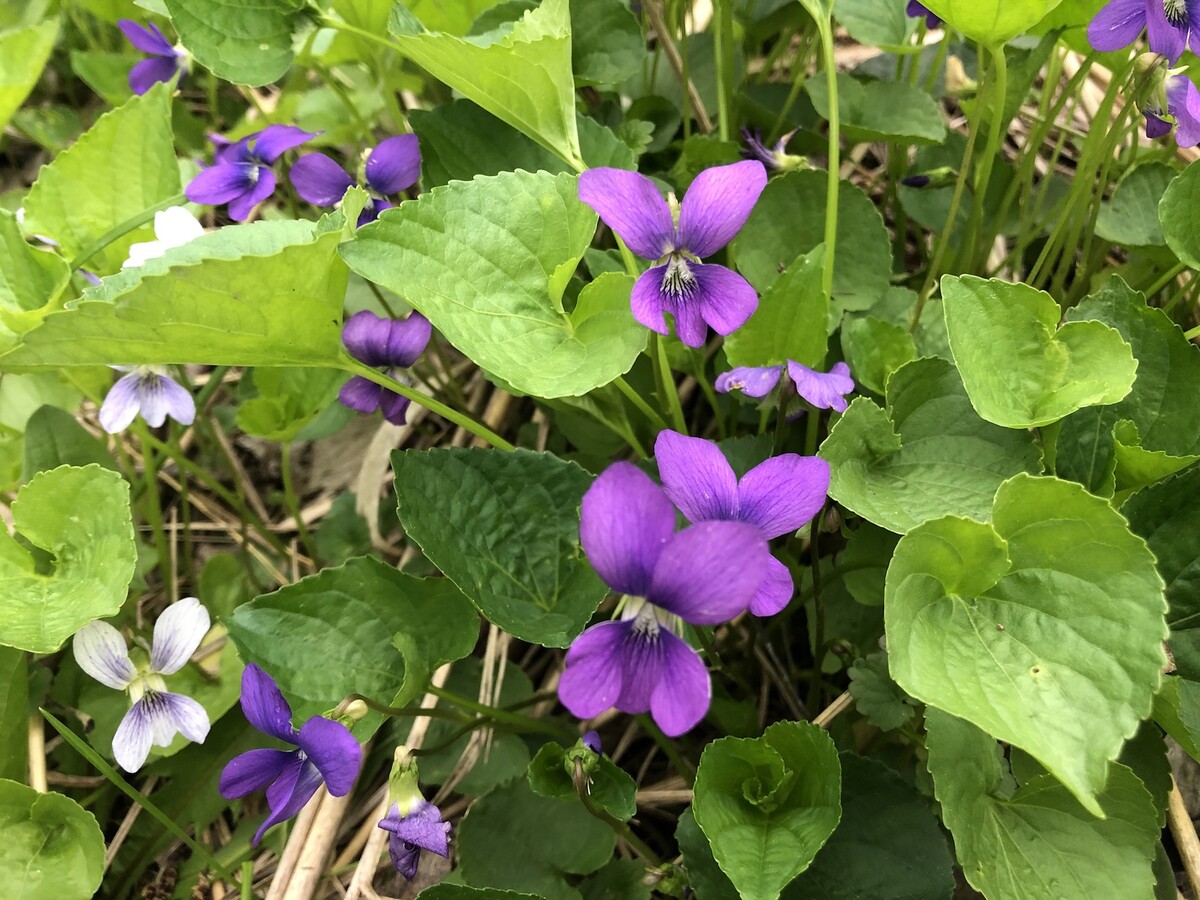
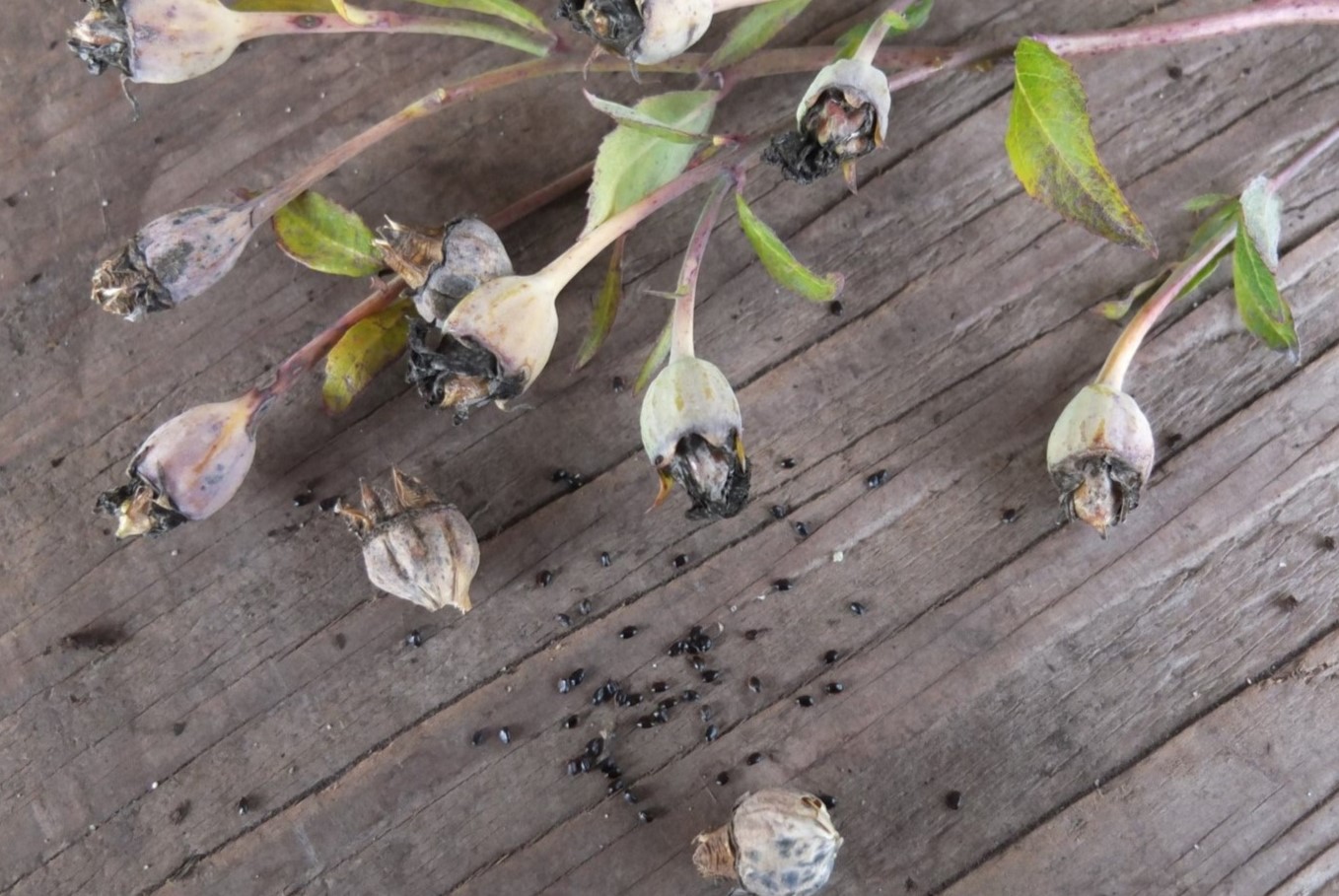
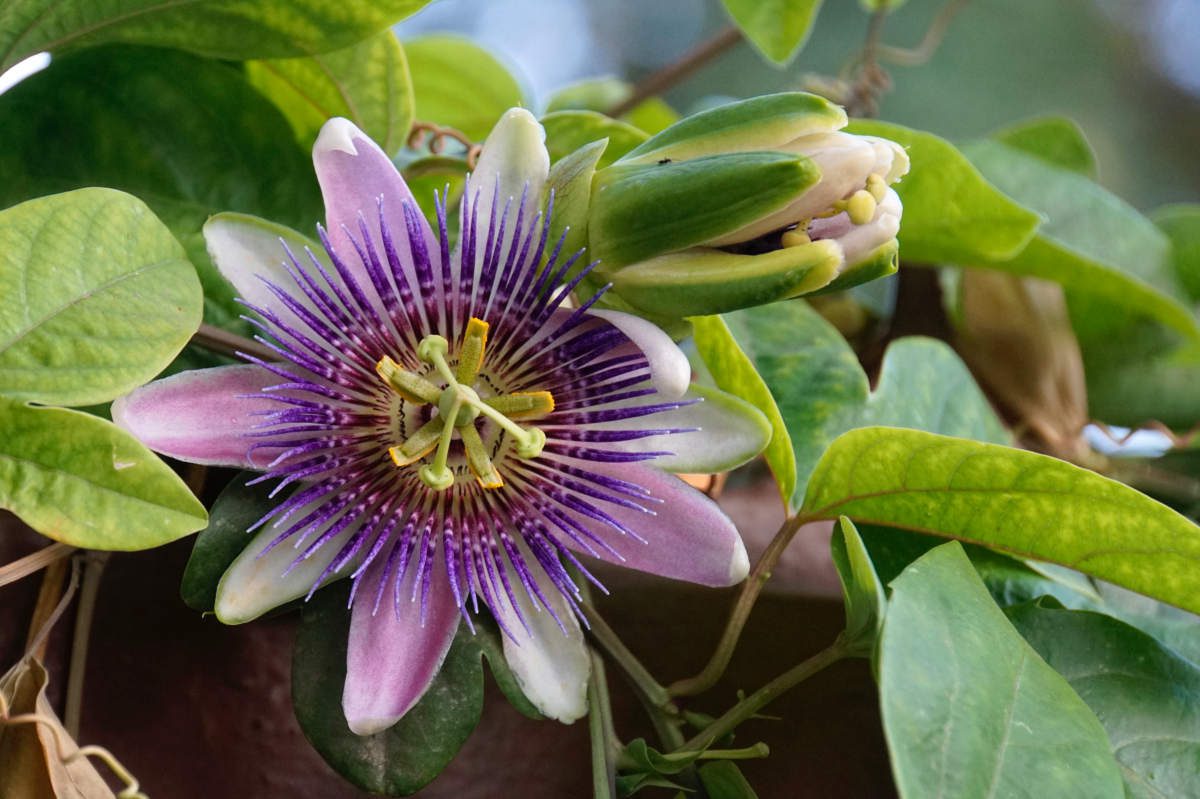
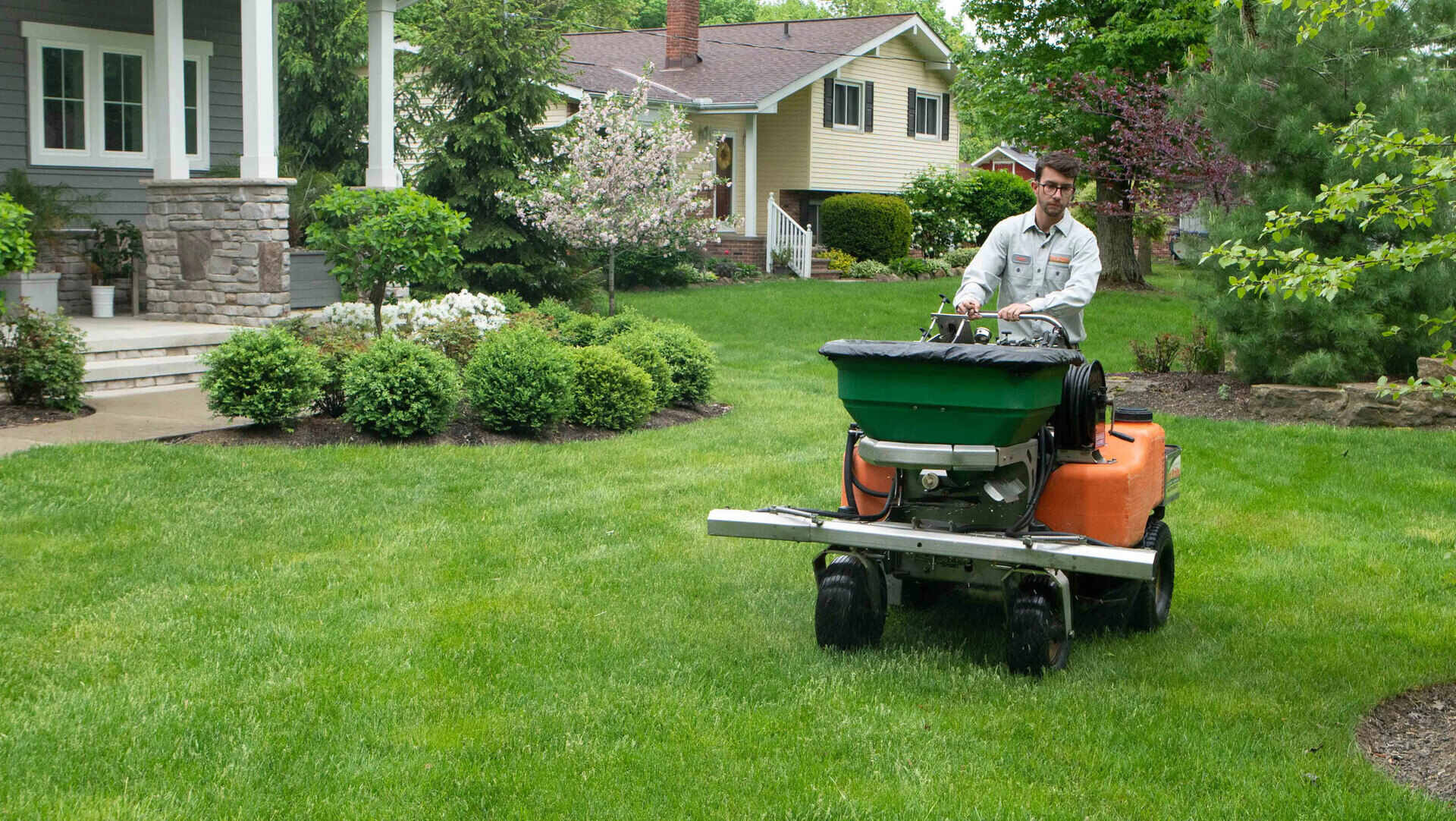
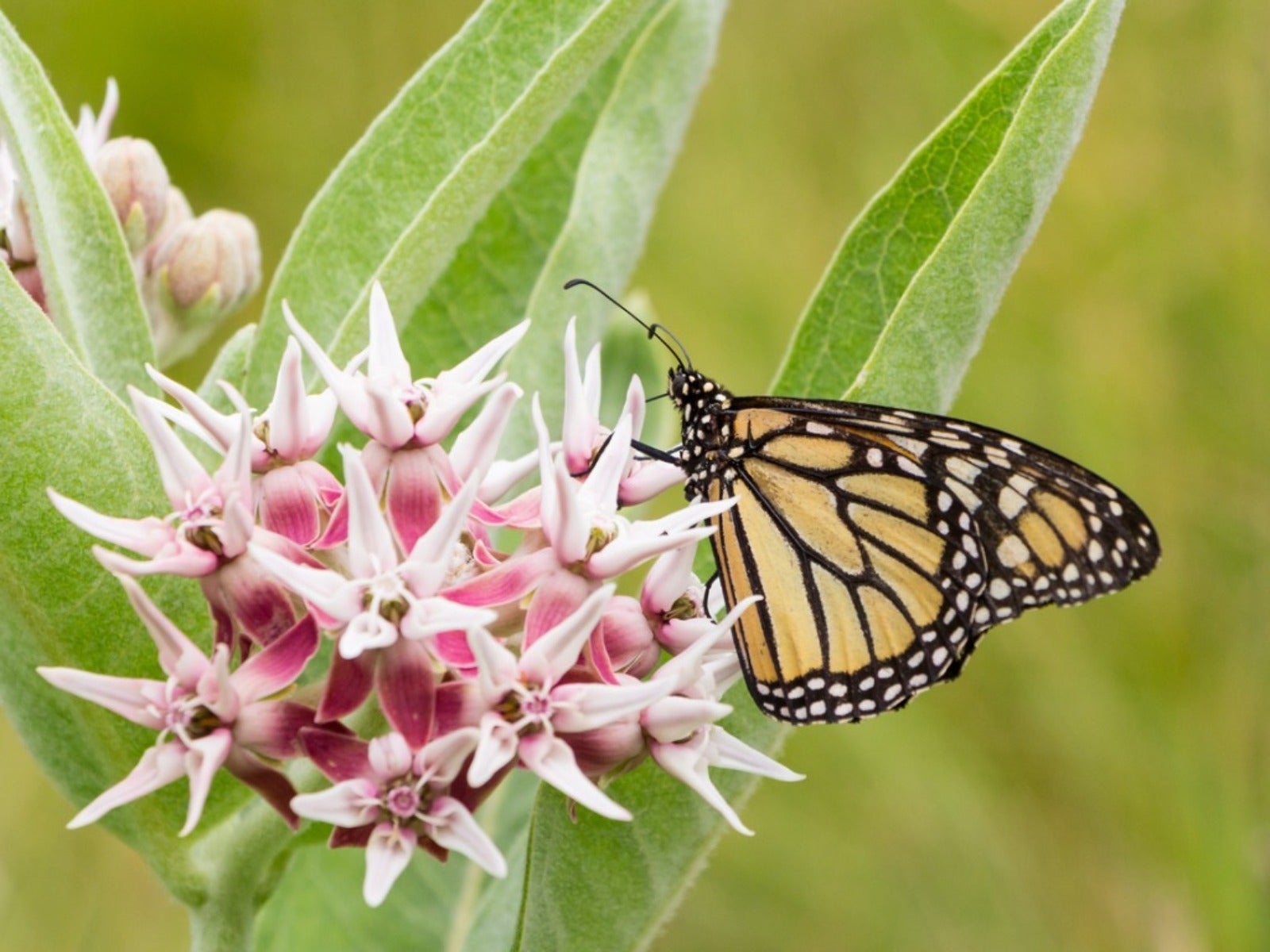
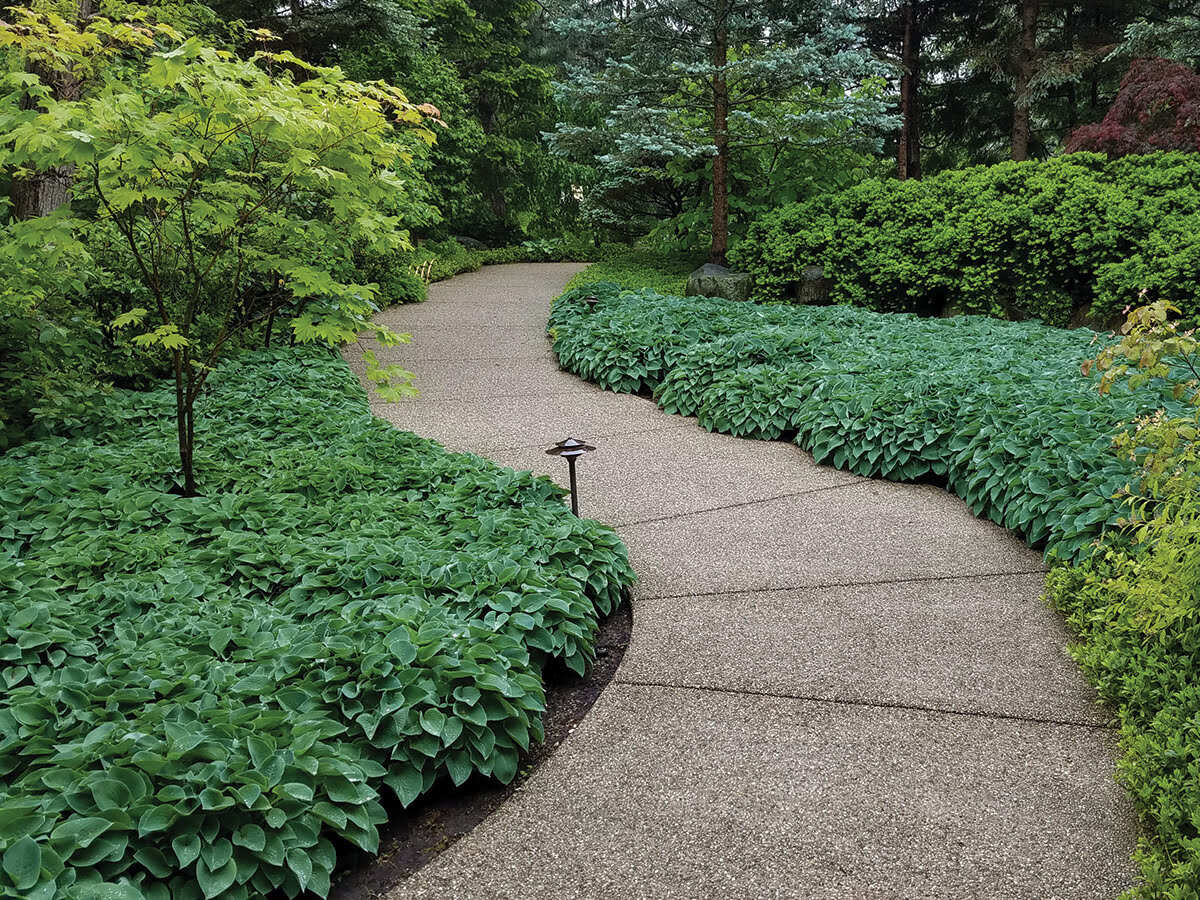
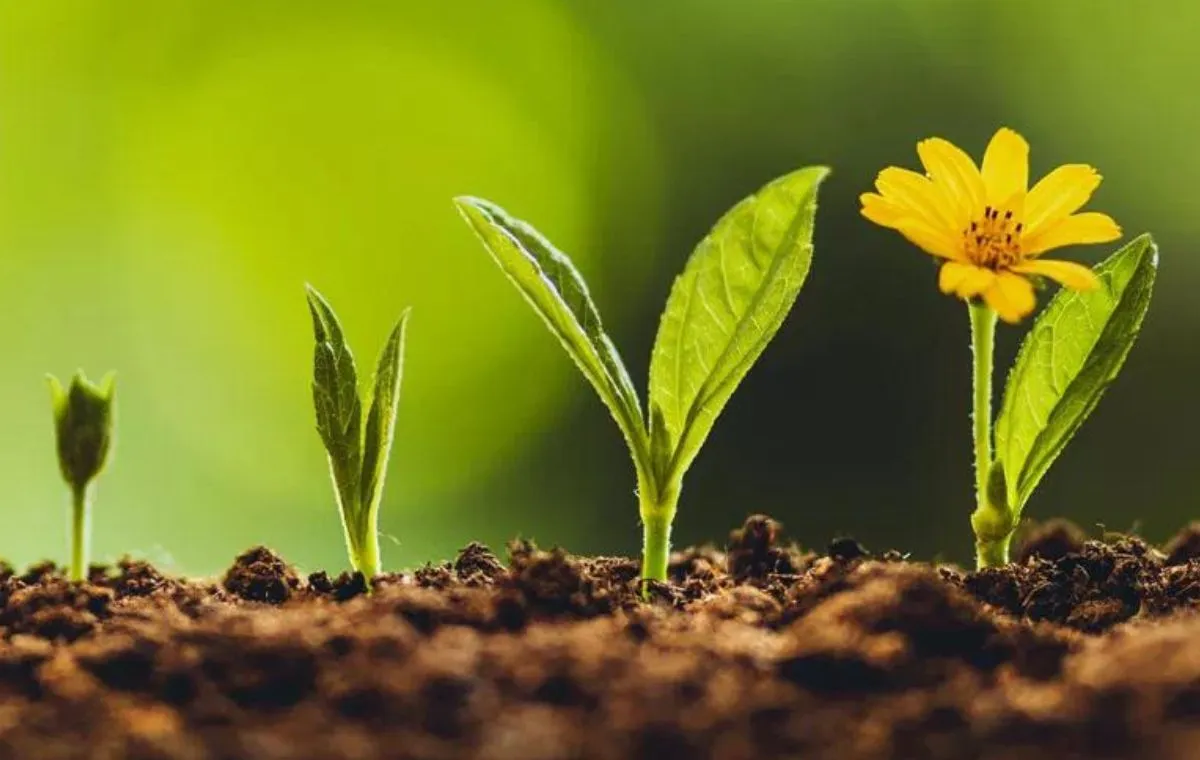
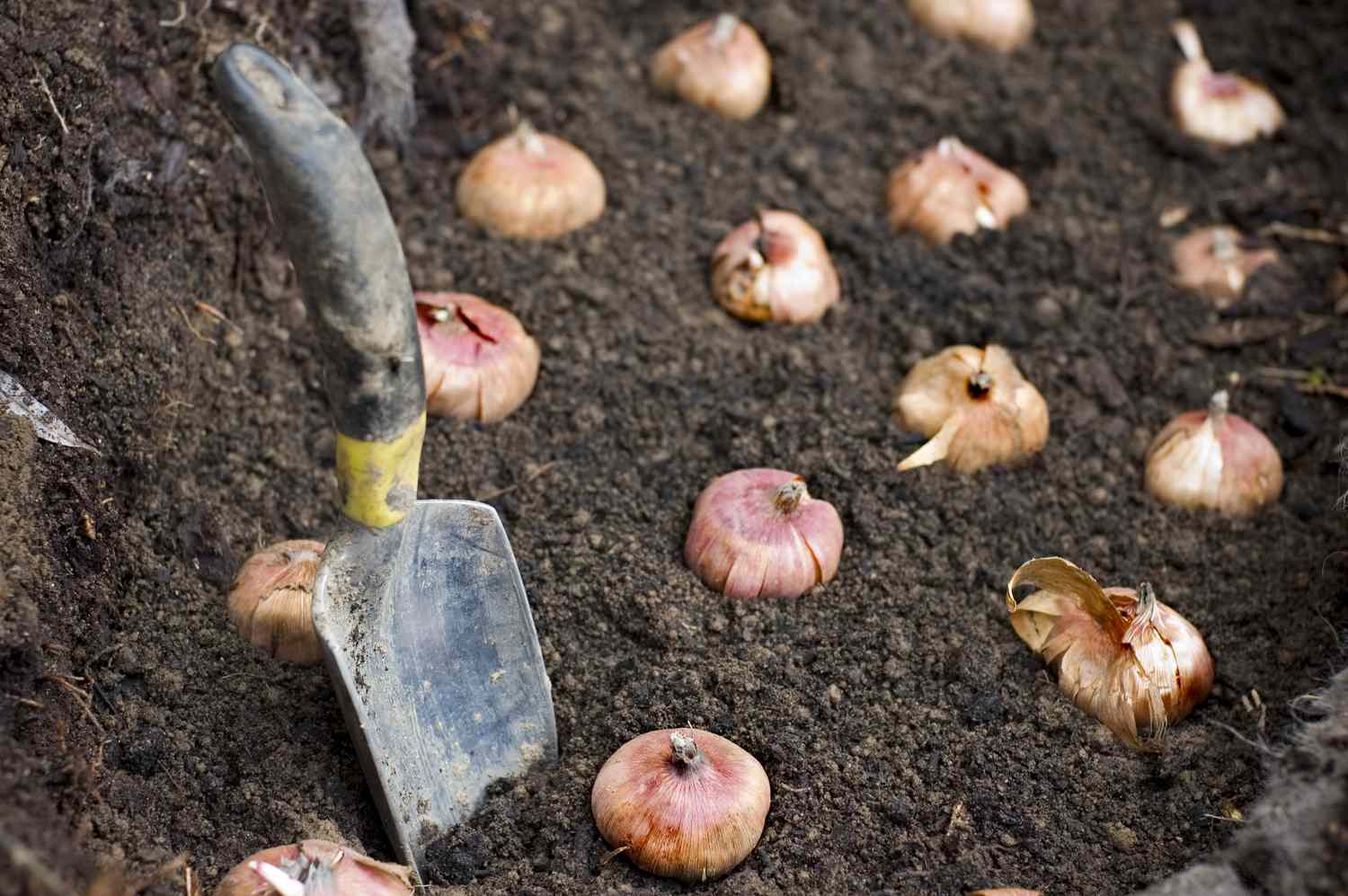
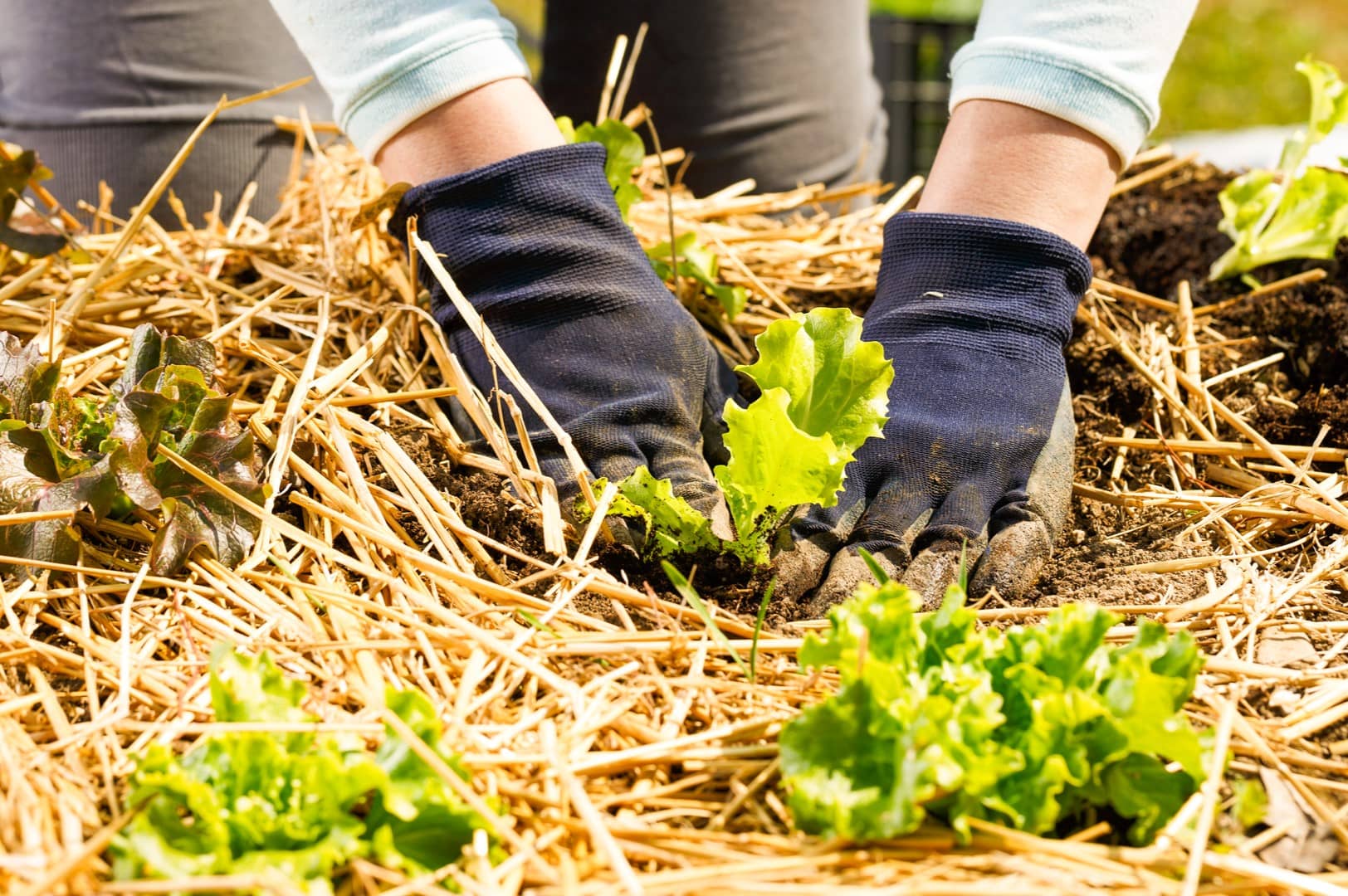
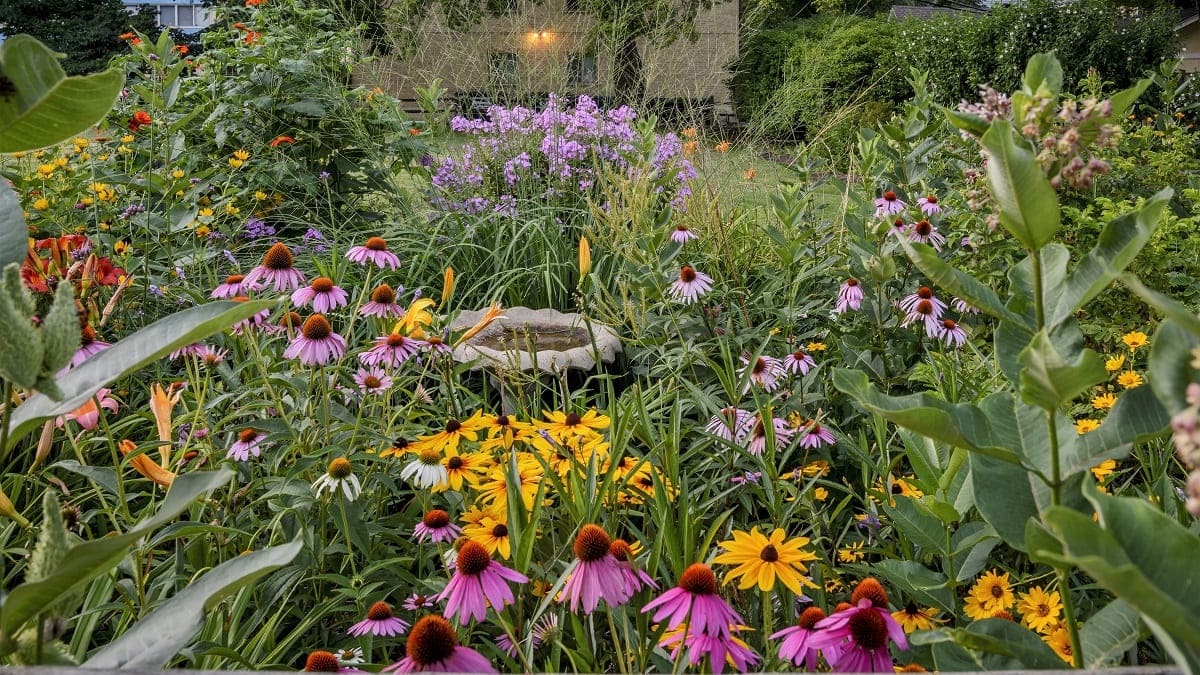

0 thoughts on “When Should I Plant Flower Bulbs”